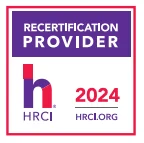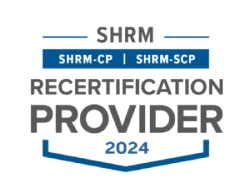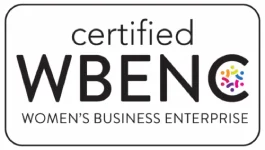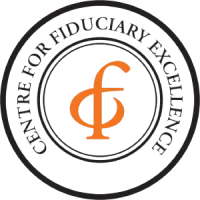10 FAQs Regarding The New Jersey Paid Sick Leave Act
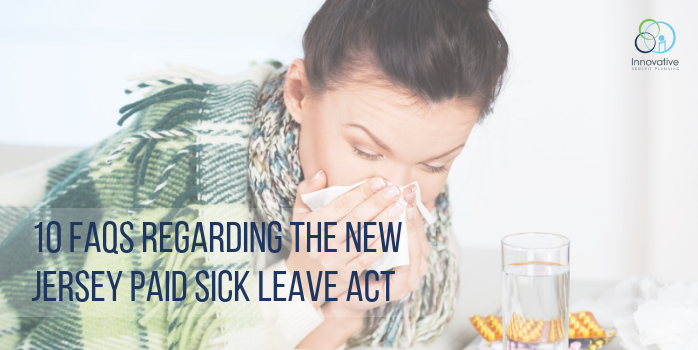
1.) Earned sick leave may be used for:
- The treatment, care or diagnosis for employee or family member
- Employee or family member a victim of domestic or sexual violence (*has no 25 employees + or 1,000 hours worked requirement like the NJ Safe Act).
- Workplace or school/daycare closed by a public official due to an epidemic
- Employee or child unable to work/attend school after a determination that the individual could pose a health risk
- Attending school conferences, meeting function or other event required by a school administrator, or meetings regarding care provided to the child in connection with the child’s health condition or disability
2.) Employers must track time taken by employees for Earned Sick Leave. If they have a compliant PTO policy, it is sufficient to track PTO. Even if you have an Unlimited PTO policy, you still must track PTO. You must maintain records for 5 years.
3.) Employers can either front-load 40 hours to employees at the beginning of the benefit year or have the employees accrue the ESL. If you use the accrual method, you must track and document accrual. (Note that you can have different methods for different classes of employees. Example: a front-loading method for full-time employees and accrual method for part-time employees.)
4.) If you use the front-loading method, all employees in the class must be front-loaded 40 hours even if they start later in the benefit year. However, you can still require that they are employed 120 days before they are eligible to start using the earned sick leave.
5.) There is no minimum number of employees that an employer must have to fall under the law.
6.) Full-time, part-time, and seasonal employees accrue 40 hours of sick leave in a benefit year. The benefit year can be calendar-year or some other set 12-month period, but it must be the same for all employees.
7.) Accrual of sick leave is 1 hour for every 30 hours worked, and the 30 hours can be worked over multiple workweeks (ex. a part-time employee who works 15 hours a week accrues 1 hour of sick leave after 2 weeks of work).
8.) Employers must allow carryover of up to 40 hours of sick leave to the next benefit year. However, employers are not required to allow employees to use more than 40 hours total in a benefit year.
9.) Employers may , but are not required to, payout accrued but unused sick leave at the end of a benefit year. If they elect to do payout, they have to follow certain rules.
- If using the accrual method, employers must give employees the option of whether they want payout or carryover. Employees can opt to have 0%, 50% or 100% paid out. If the employee does not respond, they must carryover the ESL.
- If using the front loading option, employers can make payout mandatory at the end of the benefit year. However, if they do mandatory payout instead of carryover, they cannot switch the employee to accrual method for the next benefit year.
10.) A PTO policy that meets or exceeds the requirements of the NJ Earned Sick Leave Law will be compliant with the law. An employer is not required to provide their existing PTO plus the 40 hours provided under the NJ Sick Leave Law.
For a more detailed look into this new legislation, join us for an educational seminar presented by Innovative’s VP of HR and General Counsel, Deirdre Groenen, Esq. on February 14th.
Categories
Archive
